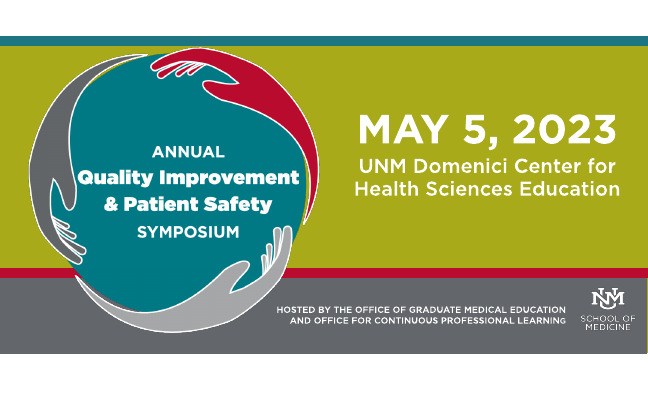Document Type
Poster
Publication Date
3-6-2020
Abstract
INTRODUCTION:
The hand-off process is a common point of miscommunication which can compromise the quality of the provided clinical service and the safety of the patient. Currently, most Electronic Medical Records (EMR) software offers clinicians an embedded hand-off tool that allows clinicians to identify treatment plans, follow changes in patient care during shift transitions and address patient complications with efficiency. In this way, the most important information is communicated to on-coming teams and patient continuity of care is preserved. The Hands-Off Tool (H.O.T.) list on the Computerized Patient Record System (CPRS) EMR, can be used as an instrument to gather and communicate patient’s information between staff in different shifts. Here we present an implementation of the H.O.T. list on CPRS EMR.
MATERIAL AND METHODS:
First, the H.O.T. list tool was programmed to make the same list accessible for all residents working in the psychiatric ward, as well as attendings working overnight. Then guidelines were developed for organizing information and communicating acute patient care concerns with fellow clinicians through the H.O.T list tool. Next the process was documented in a Power Point Presentation (PPT), to share the knowledge and encourage implementation of the HOT list after current residents transition from the ward. A HIPAA compliant method to securely communicate hand-off information to attendings on night shift was designed and implemented using a process of Outlook secured encrypted email with PDF containing patient’s lists. To eliminate barriers of access and technological challenges for attending physicians, three PPT’s were created to present the procedures in a user friendly interface including: 1) how to access their email from their home using their home access, 2) how to access the H.O.T. list from CPRS, and 3) how to open the secured email. This new process will be monitored through a series of surveys asking first if clinicians can successful access the tool and second if they are utilizing it while performing clinical duties. Once the degree of access and use is assessed then further steps will be taken to facilitate greater participation.
RESULTS:
The new H.O.T list implementation was characterized by some resistance and confusion. The most significant barriers to the initial implementation was the unfamiliarity of the attendings/residents with the technology, for example, 1) difficulty accessing their email from home, 2) difficulty accessing the H.O.T. list from home, and 3) difficulty opening secure email with the PDF H.O.T. list, as well as 4) a lack of documents to teach the aforementioned processes. Creating instructional PPT’s, devoid of protected patient information, addressed these issues. Providing accessible, operant-independent tools for all clinicians who needed to use the H.O.T. list tool from home or on ward. To date, the tool has been successfully adopted with good continuity of usage by residents on service and those performing night/weekend call.
CONCLUSIONS:
The implementation of a new strategy to share patient’s information was successfully completed despite initial resistance. During the implementation, it was found that documentation in a user friendly fashion was key to achieve the goals of increasing access and usage of the H.O.T. list tool.
FUTURE WORK:
The implementation must be monitored, and the quality must be assessed with surveys with all the implicated staff, in order to identify some points to improve the implementation.
Recommended Citation
Rueda, Hugo Gomez; Wayles E. Haynes; Ali Nakip; Samira Khalil; and Dana Pinochotti. "Implementation of a Shift Hand-off Tool on the VA Psychiatric Ward." (2020). https://digitalrepository.unm.edu/hsc_qips/13




Comments
Presented at the University of New Mexico Health Science 2020 Annual Quality Improvement and Patient Safety Symposium